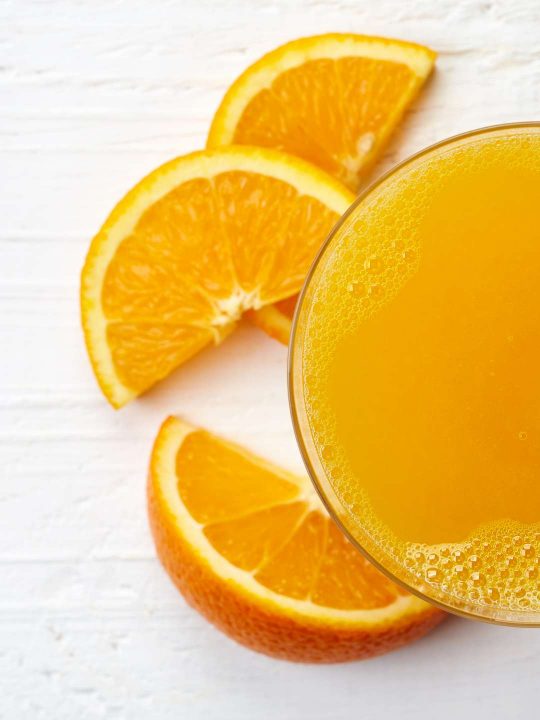What if… Tropicana had asked the right questions?

Welcome to ‘What if…?’ – where I will be taking a look at some of the notorious successes and failures from the world of market research, and exploring what would have happened if things had been done differently. For better or worse.
In 2009, renowned premium juice brand Tropicana wanted to change their look. They wanted to create a sleeker, brighter packaging with which to retain and build upon their $700 million North American annual sales.
Sales fell instantly by 20%. Two months and around $30 million of lost sales later, they returned to their original packaging.
It turned out that customers were finding it hard to find the new designs on shelf. Too many of the packaging cues had changed at the same time.
When people buy orange juice during their weekly shop, they are typically shopping on autopilot. They are not in the realm of rational, conscious thought and attention. They are in the realm of automatic, intuitive and emotional processing. When Tropicana researched the new designs, they focussed on attitudinal measures – whether people liked them or not.
Testing to see if people could find their brand at a glance – rather than asking people to reflect on aesthetic merits of the new design – would have provided them with a much more valuable piece of evidence.
The lesson is clear: if it’s an autopilot decision, researchers should use methods which access autopilot. Relying on ask-answer research alone will give you the right answer, but to the wrong question.
If you want to learn more about how overcoming this Say Do Gap can lead to better results in research, request a copy of our free eBook.

 Back to articles
Back to articles

